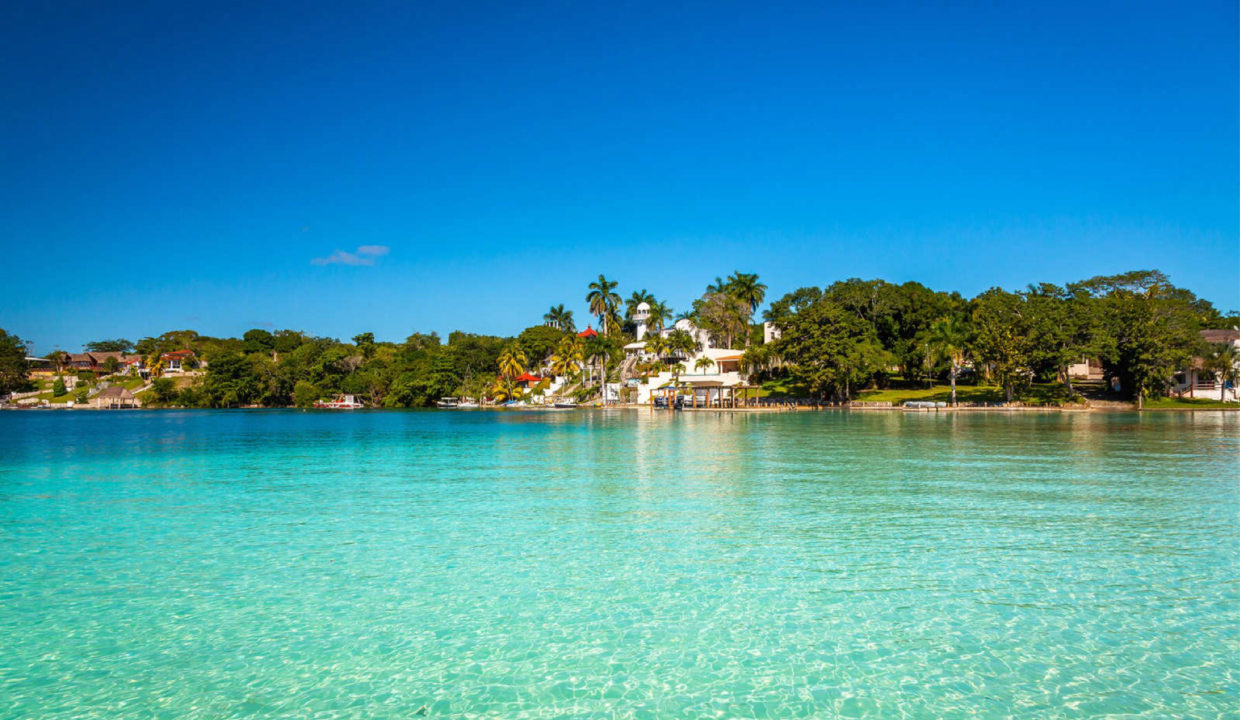
There’s always a special magic about visiting a small town. The slow-paced lifestyle, a sense of community that welcomes you, long-established traditions and crafts to learn from, and dishes that tell stories. But in Mexico, there’s a special concept behind some small towns.
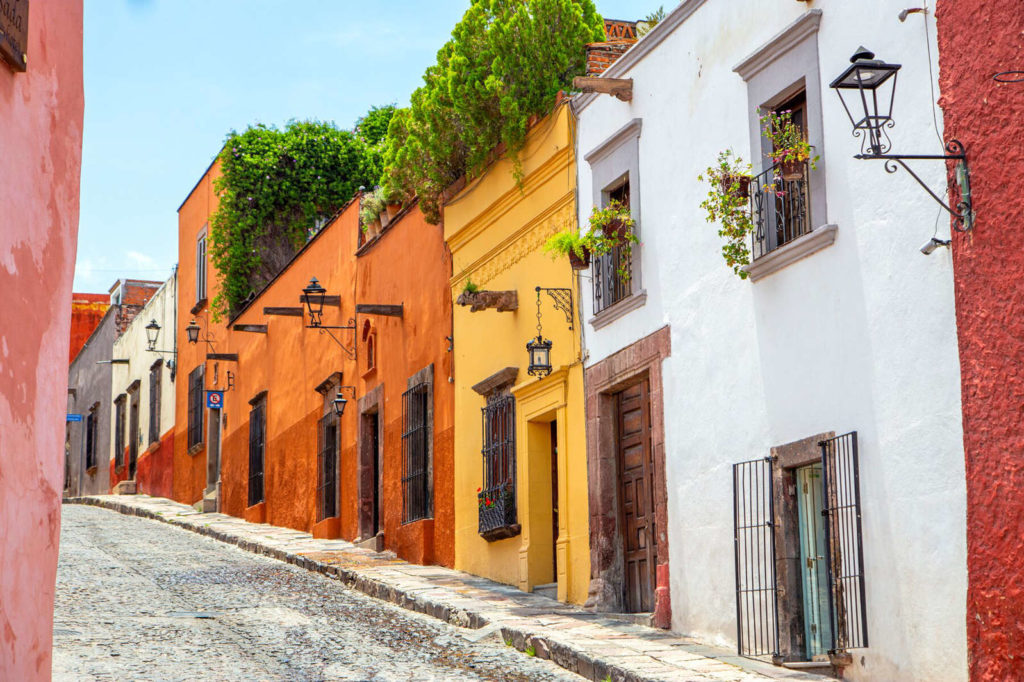
In 2001, the Mexican government started a program that highlighted some towns as “Magical Towns” (pueblos mágicos) for their cultural and natural richness. In order to get this fantastic distinction, a town must have historic architecture, amazing landscapes, and rooted traditions. The symbolism, legends, and history behind these places give them a unique identity worthy of being discovered.
There are 132 magical towns throughout the country, and if you’re up for an enchanting adventure, here are 10 to get started.
BACALAR, QUINTANA ROO
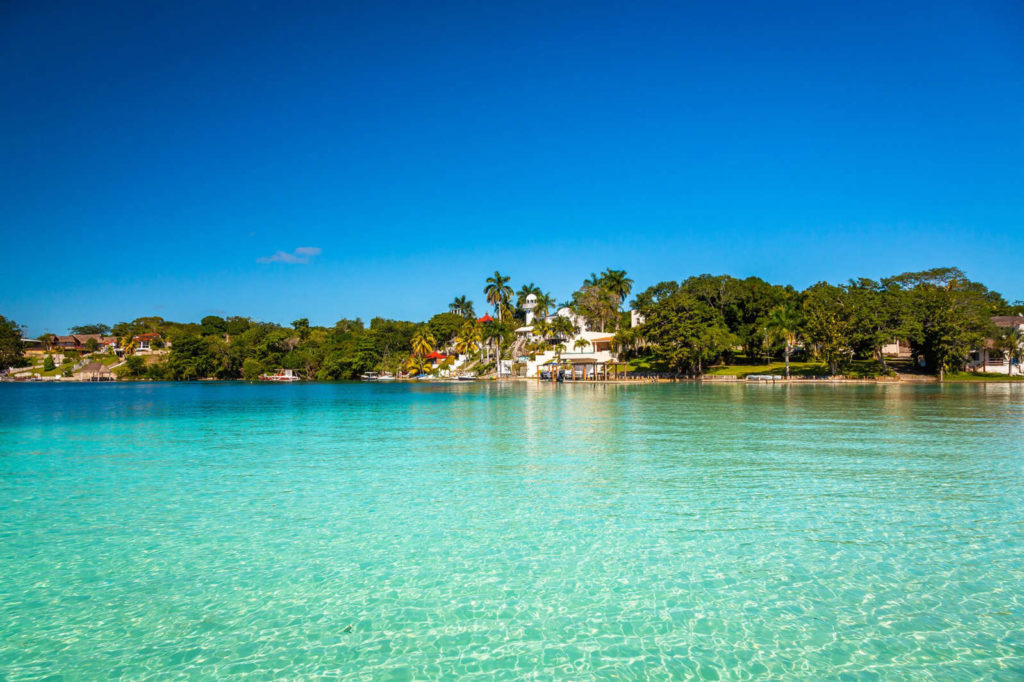
When you think of Quintana Roo, you might imagine white sand and turquoise waves, but the Lagoon of Seven Colors is the heart of Bacalar, not the beach. The round lagoon that stands out for its various shades of blue is a perfect place to swim, snorkel, and even scuba dive. Those who go deep enough will discover the underwater caves that connect to other water formations like cenotes — including the impressive Blue Cenote — the reason behind the lagoon’s changing colors. You can stay in one of the inns surrounding the lagoon, although for more adventurous souls there are also campsites. The town’s downtown is as quaint as you can imagine, with pedestrian-friendly streets with small restaurants, most of which serve fresh seafood. There’s also a group of streets called The Murals Route which has more than 100 street art murals that are dedicated to praise Bacalar’s natural beauty.
TEQUILA, JALISCO
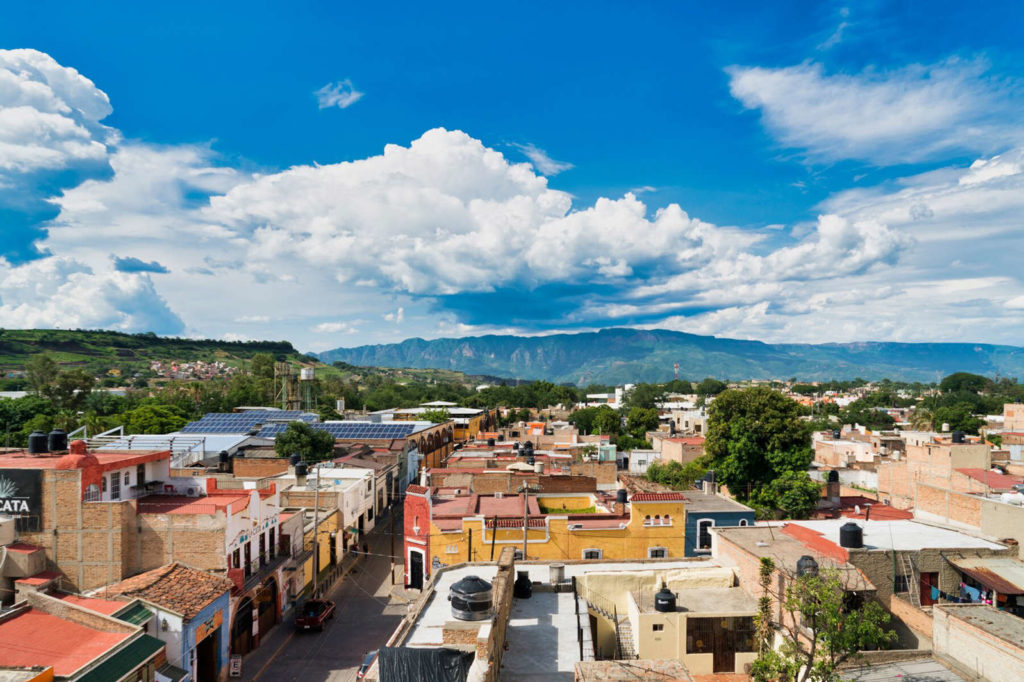
If you want to taste good tequila and witness the complete process that brings this drink to life, this is the place to do it. Its name actually comes from a náhutl word that means “place of tribute” and here most places pay tribute to the art of turning the blue agave into a world-famous distilled beverage. There’s even a tequila museum that explains the process and has some of the most iconic bottles on display. In the past, this town was known for having big traditional haciendas. Now, many original constructions remain, but they’re now home to the most important distilleries, many of which are open to visitors. At José Cuervo’s hacienda you can explore every step of the production, from cleaning the agave to an exclusive tasting. They also have one of the top attractions of the town, a train — José Cuervo Express – that parts from Guadalajara and takes travelers through Tequila all the way to the hacienda. Passengers on board get the full experience, including specialty drinks, music and amazing views of the agave plantations that contrast the red soil and the blue plant. But Tequila isn’t just about the drink, it’s also a town with a strong crafts culture, especially for pottery lovers. The place also has some beautiful natural landscapes like the Tequila volcano and the Big River, as well as historic Baroque-style buildings, at the Historical Center, where the Church of Santiago Apostol and its stained glass windows stand out.
SAN CRISTÓBAL DE LAS CASAS, CHIAPAS
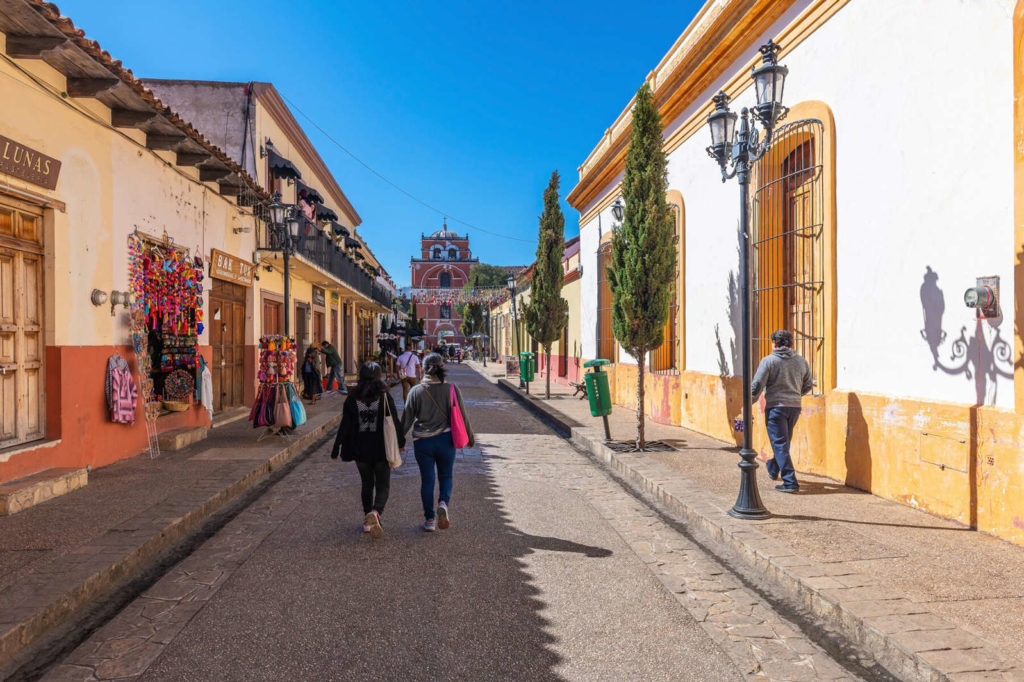
This magical town is named after the patron saint of travel San Cristóbal, so that’s got to be a sign to visit. This is a unique place in Chiapas because it combines the beauty of colonial and colorful architecture with the lush jungle that surrounds the town. The jungle brings in fog that gives the place a mysterious feeling. The carefully preserved collection of buildings that date back to the 16th, 17th, and 18th centuries with styles like baroque and neoclassical make the town a museum in itself. As you walk through the streets of the historical center you get to enjoy balconies adorned with flowers and houses with big patios painted in bright colors, along with architectural gems like the Cathedral of San Cristóbal Mártir or the former Convent of Santo Domingo de Guzmán, a perfect example of Latin American baroque with deep ornamentation and golden interiors. Several indigenous communities visit the town to sell handmade crafts, offering a unique shopping opportunity. And you must not leave without tasting traditional tamales chiapanecos. If you’re looking for adventure, only 45 minutes from the town is Sumidero Canyon national park and its stunning Grijalva River views.
ORIZABA, VERACRUZ
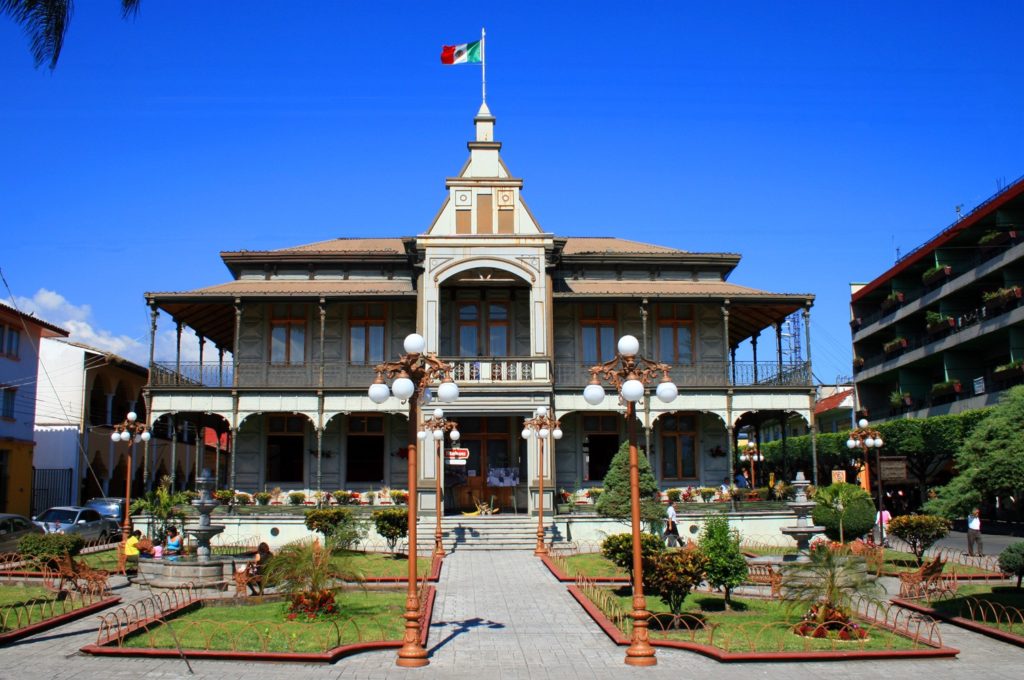
This town is famous for being on the slopes of the Pico de Orizaba volcano, the highest mountain in Mexico. With that impactful, snowy landscape as its background, the town makes the most of its beauty as a colonial city with extremely well preserved architecture. Its name comes from an Aztec word that means “place of joyful water,” making reference to the river that flows through the city beneath numerous stone bridges. One of its architectural gems is the Iron Palace, a 126-year-old Art Nouveau building completely made from iron that was sent in pieces from Brussels to become the government building. It’s now divided into six different museums. Lastly, you cannot visit Orizaba and not have a coffee. The coffee from Veracruz is considered one of the best in the country, and this town has some seriously high-quality coffee shops.
IZAMAL, YUCATÁN
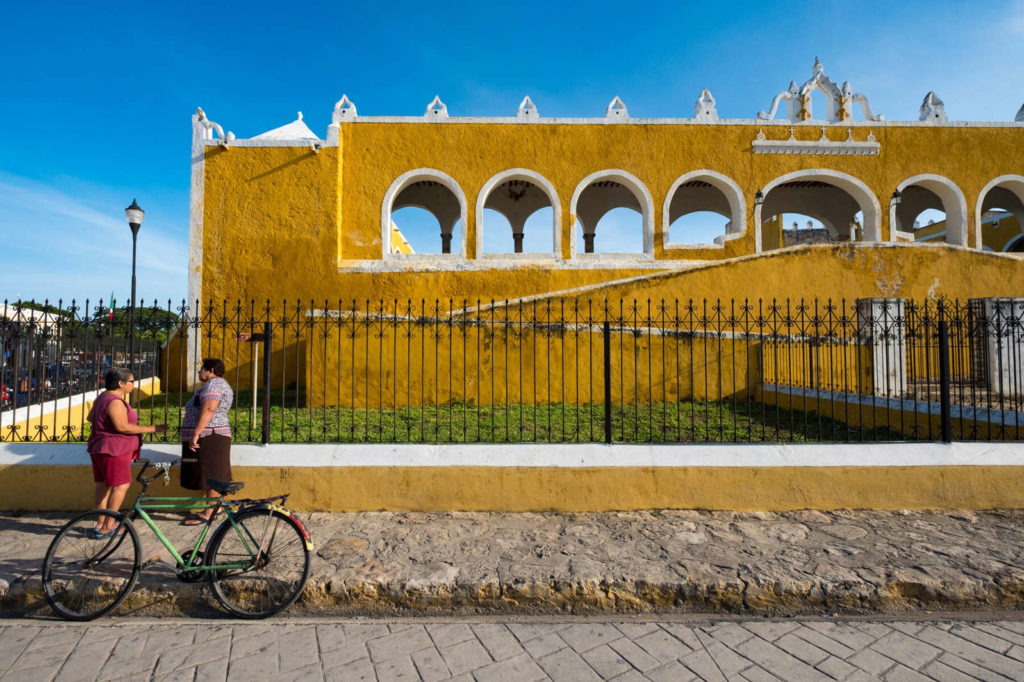
Imagine a town where every building is painted in golden yellow and where the cultures from the past blend together. That’s the uniqueness of Izamal. Pre-Hispanic constructions coexist with colonial architecture and invite visitors to discover how they’ve nurtured their culture. There’s an important Mayan religious center and recently discovered pyramids that were hidden by the jungle for centuries, but that now are open to be explored. One of the most iconic ones is the Kinich Kakmo pyramid, dedicated to the Mayan sun god. Visitors can climb all the way to the top to enjoy a wonderful view. To discover Izamal’s colonial beauty, there’s no better place than the former convent of San Antonio de Padua with its walls covered in gold and carefully detailed sculptures. Although it’s a great town to explore on foot, there’s a more romantic way to do it: there are chaises pulled by horses that take visitors through its streets to discover the quaint squares, colonial mansions, and parks that are rich in history.
PALENQUE, CHIAPAS
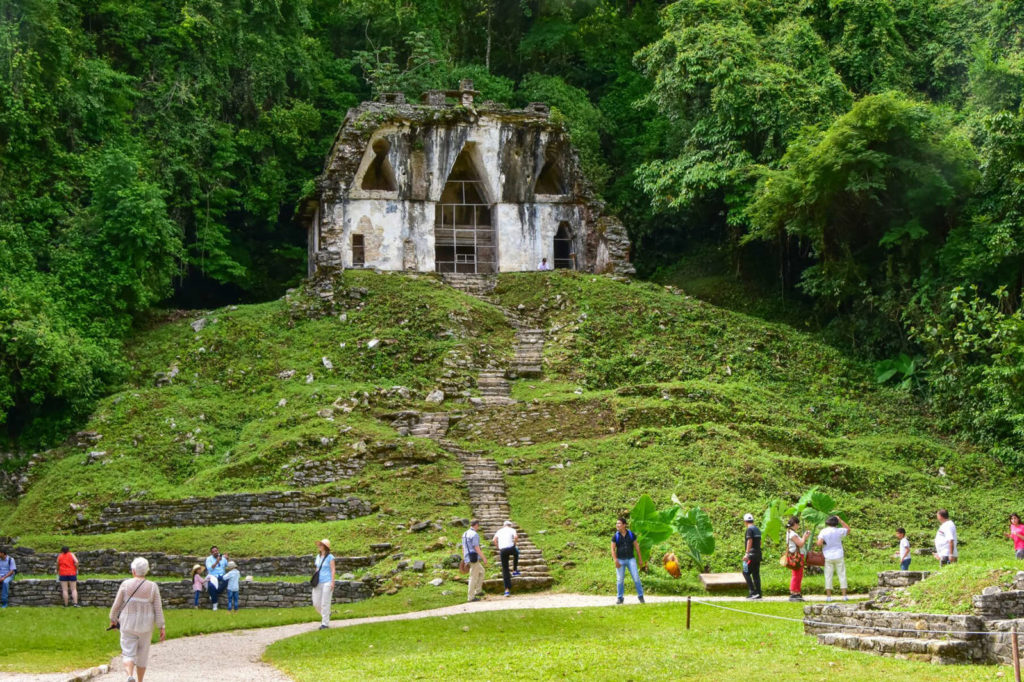
This is the place to go if you want to be embraced by the natural beauty of the southern Mexican jungle. Palenque is a very small town, but its heart is the national park, where one of the most important Mayan cities is located. The archeological site is nestled within the deep jungle, down walking trails covered in local flora. Once you get there, you’ll find the pyramids and Mayan palaces raised in a clearing. Palenque’s ruins are considered among the most important archeological sites of the Mayan civilization, since they combine key constructions dedicated to religious rituals, military purposes, and scientific research. There’s also a vast collection of hieroglyphics and the sacred tomb of King Pakal. To live a unique experience, climb all the way to the top of one of the pyramids and see the jungle from above. You’ll get to witness the trees moving, revealing the life in them — including jaguars — see colorful birds flying over the treetops, and hear the roar of the howler monkeys. Palenque National Park can also be explored on foot, and there are regular guided trips to go hiking and birdwatching.
XILITLA, SAN LUIS POTOSÍ
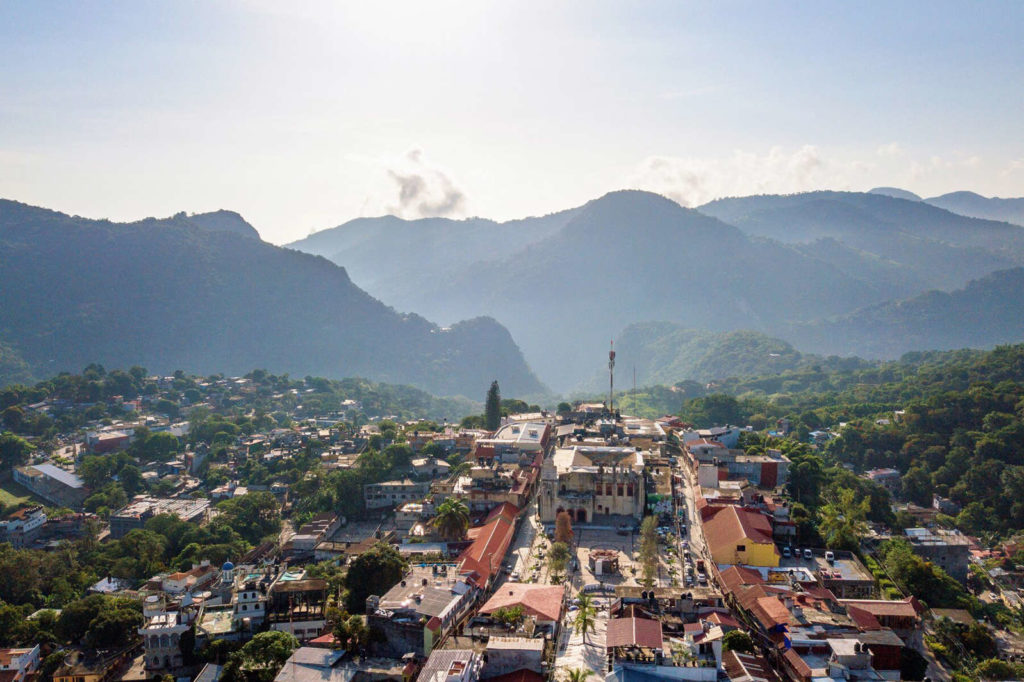
There’s an inherent link between Mexico’s culture and surrealism, but this town really makes it shine. Surrounded by the jungle of Huasteca Potosina and its beautiful waterfalls, the English artist Edward James built a surrealist garden (Jardín Surrealista) that’s unlike any other place in the world. It mixes the lush vegetation with a building-sized art piece that has unfinished concrete staircases, pillars, and labyrinth-like passageways. Xilitla is also home to the oldest building in the state, a former convent built in the 16th century that shares the history of the different communities that lived in this town. It’s also famous for its food — like the enchiladas potosinas — and for its organic coffee. To enjoy the essence of the town it’s best to sit in a coffee shop and wait for the street musicians who turn an afternoon coffee break into an impromptu celebration.
VALLADOLID, YUCATÁN
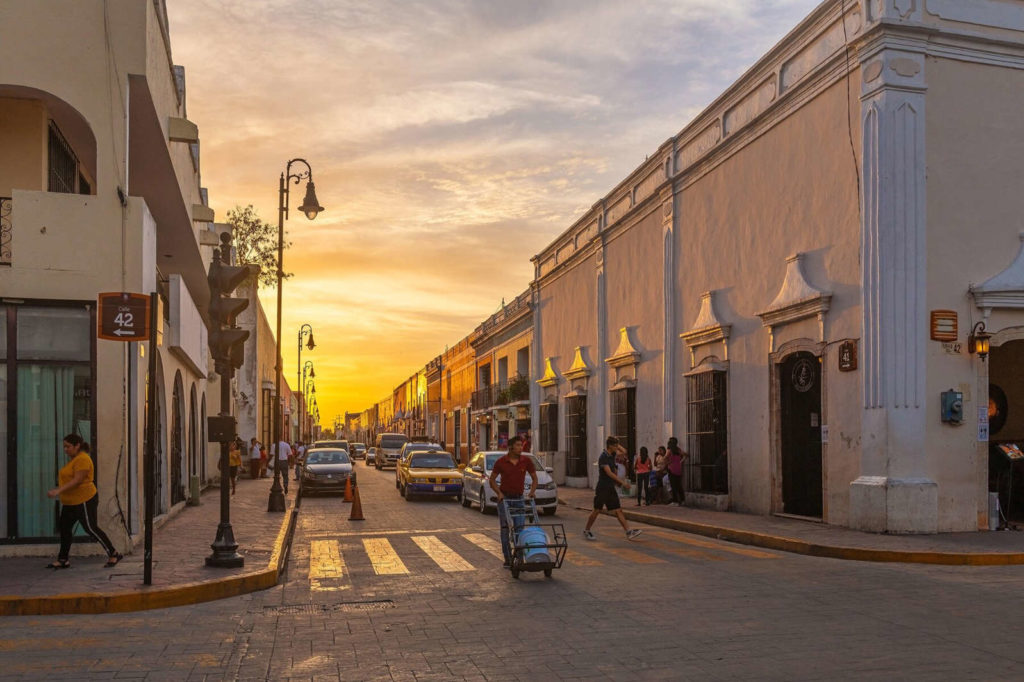
This is considered one of the oldest and most beautiful towns in the Mexican peninsula. Every building has an aesthetic that tells stories of the town. There are numerous historic buildings, big colonial mansions, museums, and small hotels and restaurants housed in ancient buildings, like the Casona de Valladolid, which used to be a place where wealthy families celebrated town parties in the early 1900s. It’s a place of traditions rooted in religion, so it’s rich in beautiful churches like the ones dedicated to Santa Lucía, Santa Ana, and San Juan, as well as old convents. This is also a great place to shop crafts like stone sculptures or hammocks. And, like every other place in Yucatán, its natural beauty is impossible to ignore. Valladolid has 10 cenotes, natural water pools with crystal clear water in the middle of the jungle. One of the most important ones is the Cenote Zaci, which is a deep cavern with ancient stalactites.
SAN MIGUEL DE ALLENDE, GUANAJUATO
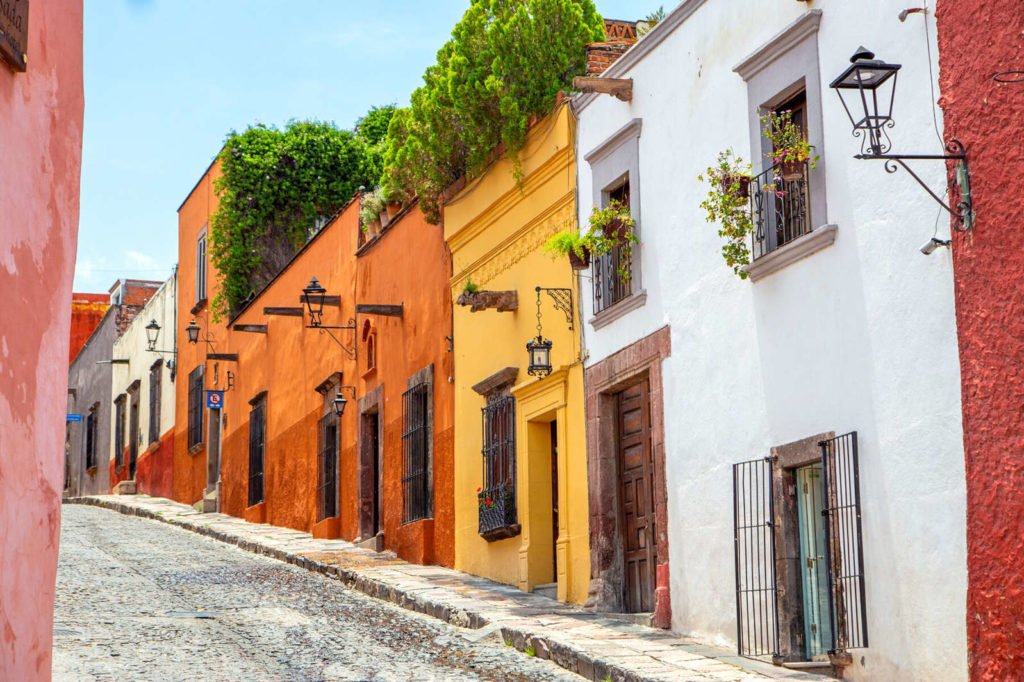
Cobblestone streets, colorfully painted houses, colonial mansions turned into museums, and the Church of Saint Michael the Archangel, carved out of pink sandstone, as the touchstone of the town: San Miguel de Allende is a place that combines the beauty and traditions of the past with modern trends and luxury living. It’s home to several important art galleries and is a town often visited by national and international artists. That makes this a place perfect for shopping for both modern art and traditional crafts like blown glass hearts. Because of this, it also hosts numerous music, art, and food festivals throughout the year. San Miguel is an oasis for food lovers with top restaurants and bars, like Moxi or Áperi, both independent and within luxury hotels, like the Rosewood or the Matilda Hotel.
CHOLULA, PUEBLA
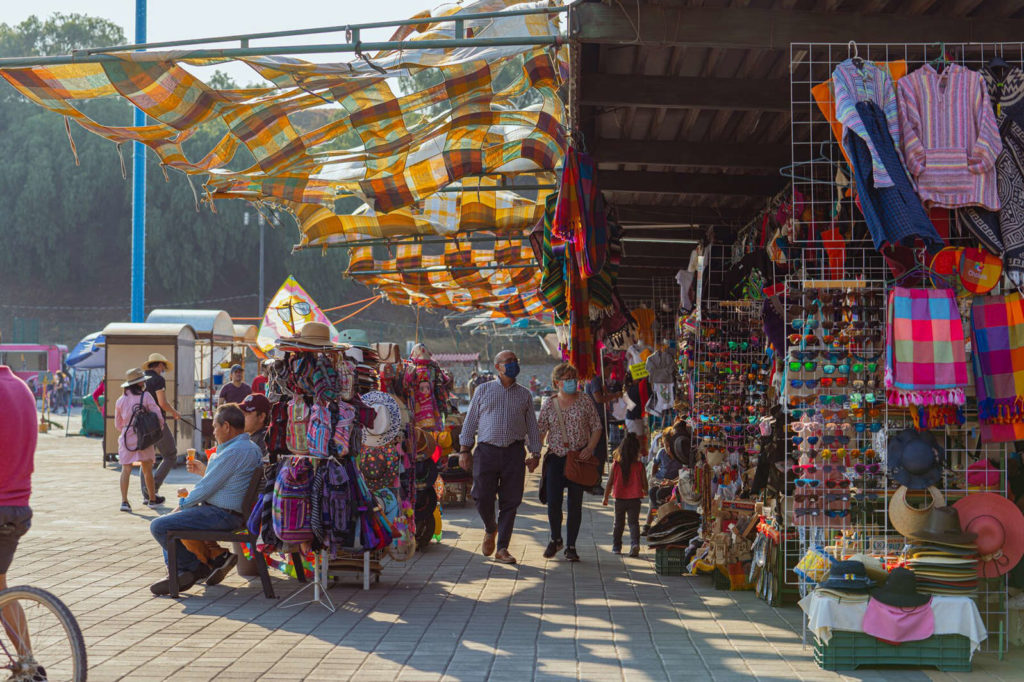
This town’s foundations are deeply spiritual. It used to be the home of a large pre-Hispanic civilization with strong religious beliefs, but during the Spanish conquest of the Aztec Empire, many of their temples were replaced with new Catholic ones. Now, this small town has 37 churches, most of which are active and make their bells sound at the same time to call people to mass, a melody that characterizes this town. One of the most important churches here is the Church of Los Remedios which stands at the very top of what used to be a pre-Hispanic pyramid. Now, icons representing both cultures live side by side. Cholula is also a town of crafts. The talavera is a unique form of glazed pottery with colorful decorations — most typically in deep blue. It can be found all around the town, from a mug you can buy as a souvenir, to a traditional accent in architecture. The complete façade of the Temple of San Francisco Acatepec is covered in colorful talavera tiles.
